Note: There is now a newer Novel Coronavirus (2019-nCoV) Situation Report 16.
WHO Novel Coronavirus (2019-nCoV) Situation Report 15
- No new countries reported cases of 2019-nCoV in the 24 hours since the previous situation report.
- The business sector is one audience to whom EPI-WIN is reaching out with tailored information. EPI-WIN colleagues co-hosted a call with a global communications firm whose clients include large multinationals. Over 50 multinationals were represented on the call, where WHO provided an update of the 2019-nCoV situation and responded to questions about improving communications with employees; the role of businesses in public health crises; and managing uncertainty through accessing accurate information.
Risk Assessment
China: Very High
Regional Level: High
Global Level: High
Coronavirus Situation in Numbers
Globally
- 20630 confirmed (3241 new)
China
- 20471 confirmed (3235 new)
- 2788 severe (492 new)
- 425 deaths (64 new)
Outside of China
- 159 confirmed (6 new)
- 23 countries (0 new)
- 1 death (0 new)
Countries, territories or areas with reported confirmed cases of 2019-nCoV, February 4, 2020
| Country/Territory/Area | Confirmed Cases |
|---|---|
| China | 20471 |
| Japan | 20 |
| Thailand | 19 |
| Singapore | 18 |
| Republic of Korea | 16 |
| Australia | 12 |
| Germany | 12 |
| United States of America | 11 |
| Malaysia | 10 |
| Vietnam | 9 |
| France | 6 |
| United Arab Emirates | 5 |
| Canada | 4 |
| India | 3 |
| Italy | 2 |
| Philippines | 2 |
| Russian Federation | 2 |
| United Kingdom | 2 |
| Cambodia | 1 |
| Finland | 1 |
| Nepal | 1 |
| Spain | 1 |
| Sri Lanka | 1 |
| Sweden | 1 |
| Total | 20630 |
Recommendations and Advice for the Public
During previous outbreaks due to other coronaviruses (Middle-East Respiratory Syndrome (MERS) and Severe Acute Respiratory Syndrome (SARS), human-to-human transmission occurred through droplets, contact, and fomites, suggesting that the transmission mode of the 2019-nCoV can be similar. The basic principles to reduce the general risk of transmission of acute respiratory infections include the following:
- Avoiding close contact with people suffering from acute respiratory infections.
- Frequent hand-washing, especially after direct contact with ill people or their environment.
- Avoiding unprotected contact with farm or wild animals.
- People with symptoms of acute respiratory infection should practice cough etiquette (maintain distance, cover coughs and sneezes with disposable tissues or clothing, and wash hands).
- Within healthcare facilities, enhance standard infection prevention and control practices in hospitals, especially in emergency departments.
WHO does not recommend any specific health measures for travelers. In case of symptoms suggestive of respiratory illness either during or after travel, travelers are encouraged to seek medical attention and share their travel history with their healthcare provider.

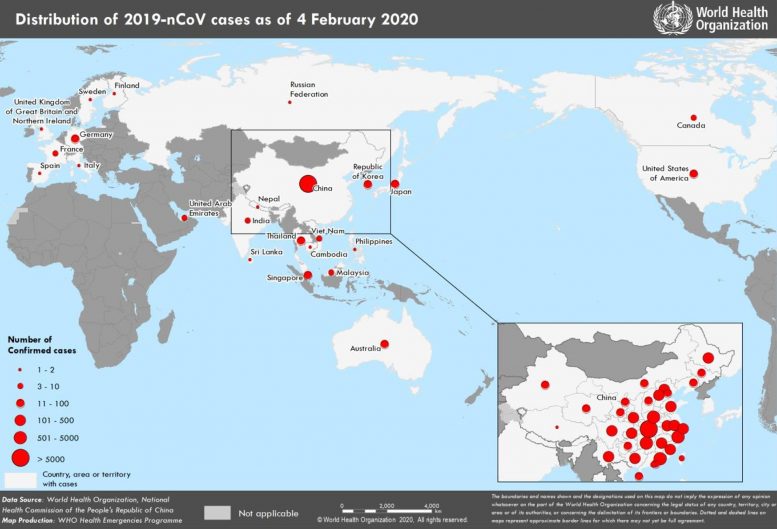
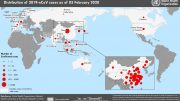
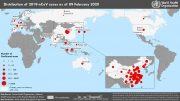
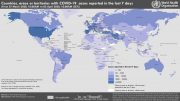
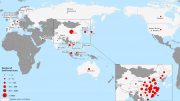
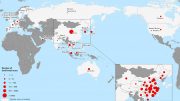
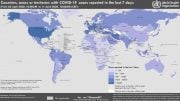
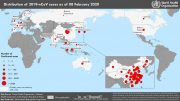
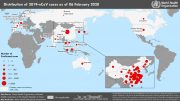
Be the first to comment on "Coronavirus Deaths Jump to 426 as Global Infections Reach 20,630"